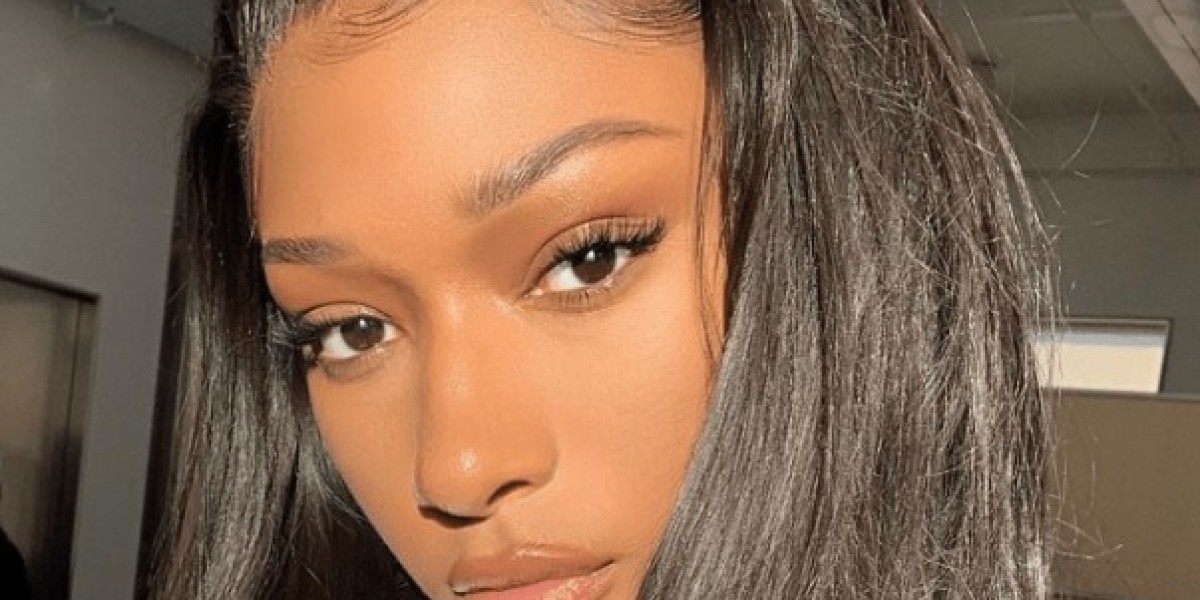The global market for hair wigs and extensions has burgeoned into a multi-billion-dollar industry, drawing upon a complex and often opaque supply chain that spans continents. At the heart of this industry are human hair wigs, prized for their natural look and versatility. But what really goes into this lucrative trade? This article pulls back the curtain on the journey of human hair wigs, from the heads of donors to the glossy storefronts and online marketplaces.

The Origin of Hair hair for wigs often starts in countries like India, China, and parts of Eastern Europe. In India, for instance, the Tirumala Tirupati Devasthanams temple is one of the most significant sources of human hair. Devotees travel there to partake in a ritual known as tonsuring, where they shave their heads in a show of humility and devotion. The temple then collects the hair and auctions it off, feeding into the global demand for human hair. Tirumala’s Annual Auction oftentimes garners millions of dollars, reflecting the high value placed on this raw material.
The Processing of Hair
Once the hair is collected, the process of turning it into a wig begins. In countries like China, which is one of the largest processors of human hair, the raw hair undergoes several steps:
- Cleaning and Untangling: Upon arrival at the factory, hair is cleaned to remove any dirt and oils. Workers then detangle the hair, which can be a labor-intensive process.
- Sorting: Hair is sorted by length, color, and texture. This is crucial, as a single wig may require hair that matches across these attributes.
- Hackling: The hair is hackled, which involves combing it to remove shorter hairs and align the strands.
- Wefting: Strands are sewn into wefts, which are small hair bundles that will be attached to the wig cap.
- Constructing the Wig: The wefts are sewn onto a wig cap, which is shaped to fit a head. Higher-end wigs use lace caps, which offer a more natural hairline.
Quality control is a significant part of the processing stage, as the final product must meet industry standards and consumer expectations. For insights into the meticulous process, Beautyforever’s Hair Processing demonstrates the careful steps taken to ensure a high-quality finish.
The Ethical and Social Implications
The trade in human hair isn't without its controversies. Ethical concerns arise regarding the sourcing and labor conditions. In some instances, hair is reportedly taken from women without proper compensation or under dubious circumstances—so-called "hair theft." The labor involved in processing the hair is often low-paid and can be hazardous, with workers handling harsh chemicals without adequate protection.
Organizations like The Fair Hair Foundation aim to promote ethical standards within the industry, ensuring fair compensation for donors and safe working conditions for laborers. Nonetheless, ensuring transparency and ethical practices across the entire supply chain is a challenging endeavor.
The Business Side of Human Hair Wigs
The market for human hair wigs is driven by diverse factors, including fashion trends, the entertainment industry, and the need for hair-loss solutions. The business is highly competitive, with companies vying for a share of consumer spending.
Branding and Marketing: Companies invest heavily in marketing to differentiate their products, using social media influencers, celebrities, and sophisticated online marketing strategies. Wigs.com is an example of a successful online retailer that has built a strong brand presence in the industry.
Customization and Service: High-end wig makers offer bespoke services, creating wigs that match a customer's natural hair or desired look exactly. These services include customization of hair type, density, color, and cap construction.
Innovation: The industry continues to innovate with new technologies to improve the realism and comfort of wigs. Lace-front wigs and monofilament caps are examples of innovations that provide a more natural appearance and fit.
The Market Demographics
The demographics of the human hair wig market are broad, encompassing individuals seeking wigs for fashion, those with medical needs (such as patients undergoing chemotherapy), and the transgender community, who often use wigs as a part of their transition.
Fashion-conscious consumers often look to celebrities for style cues, making celebrity endorsements a powerful tool in the wig industry. Medical patients, on the other hand, may prioritize comfort and a natural look over style. Each demographic has unique needs, shaping the offerings of wig manufacturers and retailers.
The Future of the Human Hair Wig Industry
Looking ahead, the human hair wig industry is poised for continued growth, with projections indicating a steady increase in market size. Technological advancements promise to deliver even more realistic and comfortable wigs,while sustainability initiatives may lead to new methods of sourcing and processing hair that are more conscious of the social and environmental impact.
The rise of e-commerce and digital marketing has also made it easier for consumers to find and purchase wigs, expanding the market beyond traditional brick-and-mortar stores. Companies like UNice offer a broad range of human hair wigs online, catering to the global market.
Furthermore, the increasing popularity of customization and personalization in fashion indicates a potential growth area for the industry. As consumers seek products tailored to their individual preferences, custom wig services may become more mainstream.



